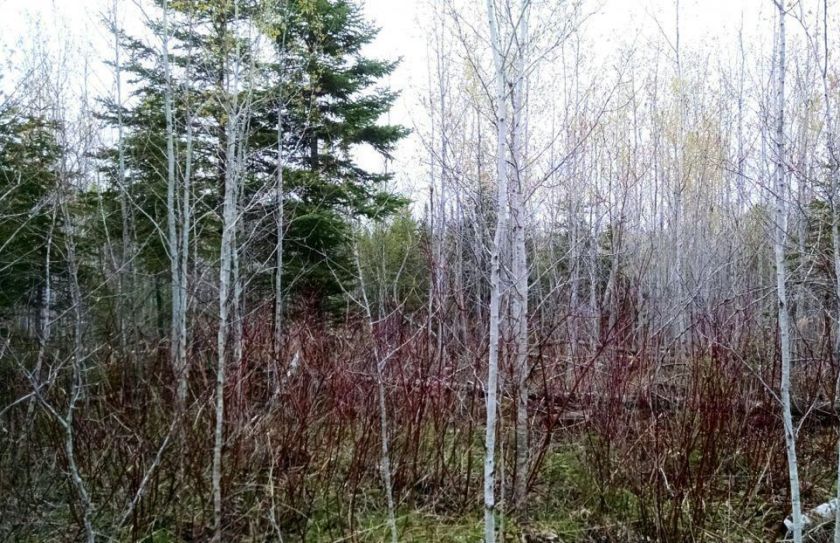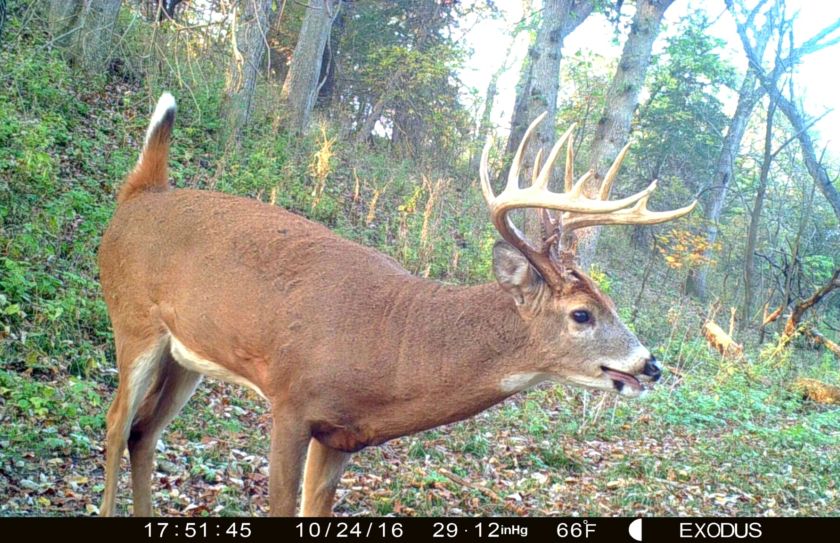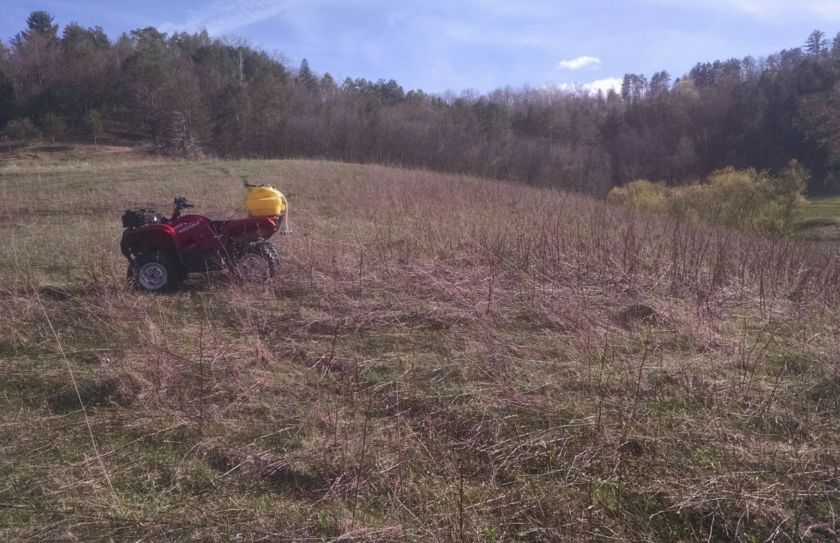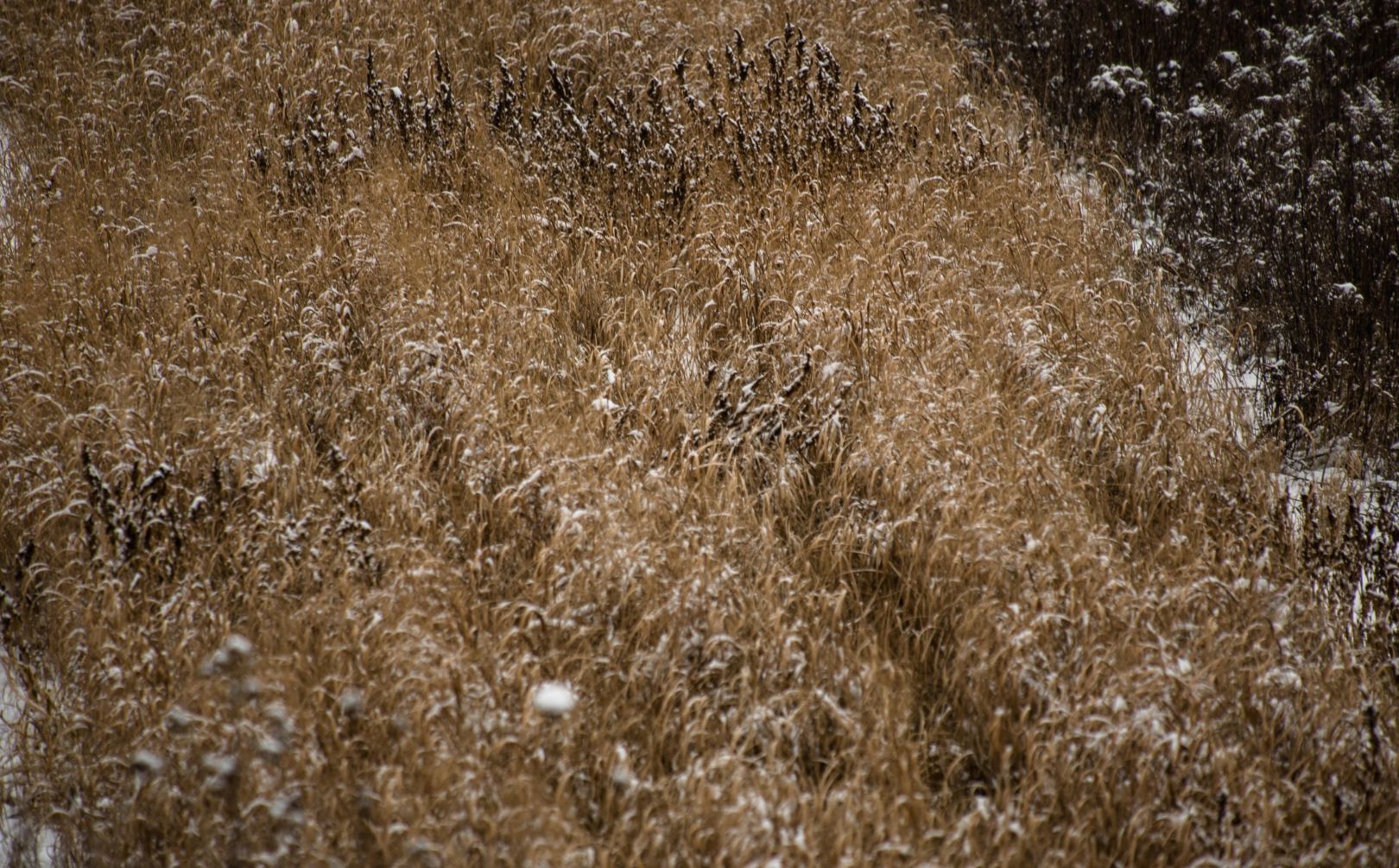
If you've ever wondered how to attract more whitetails to your land than you know what to do with, then make sure that you add habitat diversity pockets. By adding daytime browse you can easily turn conifer, switchgrass or shrub plantings into a high powered habitat attraction for whitetails, that is anything but a monoculture.
A habitat wasteland is a monoculture, but maybe not in the way that you think. You see, even though you plant a variety of shrubs or a variety of conifer or a variety of native grasses, it still all shrubs, conifers or grass. Folks, even a variety of grass in the end, is just more grass and offers no true diversity. If your true desire is to create habitat diversity on your whitetail parcel, at a level of diversity that will attract all forms of wildlife -including whitetails- then make sure to consider the following strategies for finding the perfect high attraction balance between daytime browse and monoculture holding cover.
*Daytime bedding cover isn't great bedding cover, unless it includes at least 40-60% in Daytime Deer Browse.
High Attraction Bedding Cover Base
Attracting whitetails to your land begins with including enough of a base bedding cover to hide deer within that cover, to bed. Red cedar, Norway Spruce and Cave In Rock switchgrass are just some of the monocultures of whitetail habitat that as a single, solid force, can not equal the perfect form of base bedding cover. The perfect base bedding cover alone, is not even close to being enough, when it comes to solving the puzzle for how to attract whitetails to your land!
Do you have expansive red cedar or switchgrass portions of your habitat? Then by using that habitat as a base form of highly important holding cover for whitetails, you can then manipulate that form of monoculture to rival the most diverse whitetail bedding habitat in the neighborhood.
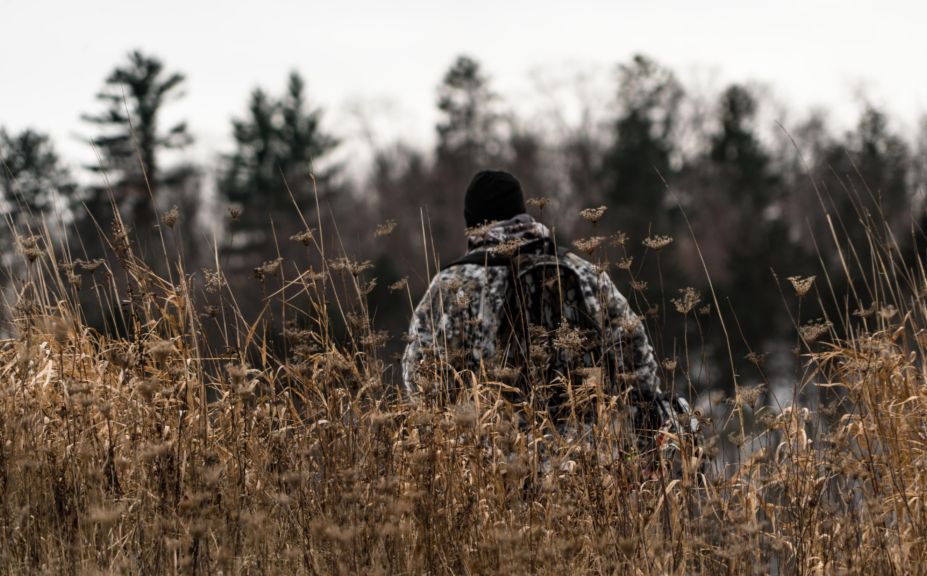
*Several varieties of switchgrass or conifers is no diversity at all. Instead, it can be counterproductive to mix base cover varieties because typically only 1 of those varieties is the perfect fit for you soil, climate and planting conditions.
Deer Bedding Pockets For Attracting Whitetails
By changing at least 40-60% of the interior of base bedding monocultures containing conifer, shrubs or grass, you can create enough hidden daytime browse to not only attract whitetails, but to attract a huge variety of wildlife species! Briars, woody growth and broadleaf weeds are some of the easiest daytime browse ingredients to turn a monoculture habitat wasteland into the most attractive form of deer habitat in the neighborhood. Attracting whitetails all begins with offering hidden daytime browse and in order to hide that browse, your path begins with the base monoculture.
Red cedar thickets, fields of switchgrass and early successional growth of a high value wildlife shrub like Autumn Olive, alone offer zero daytime browse, and that is a big problem. Deer feed 5 times in a 24 hour period so even though a parcel may have a great form of deer cover, that cover is not so great when deer can't feed their preferred 2 times during their daytime bedding hours. In fact in many cases the base form of cover will lack any level of deer attraction, unless deer are forced into that cover due to extreme amounts of hunting pressure and a general lack of quality cover. Also, regardless of if you have a variety of pines, a variety of switchgrass or a variety of spruce, you still lack any real diversity, because you still lack any kind of food: Just more pines, more grass and more spruce. But, there is an easy, how powered solution!
After choosing the best base cover for your situation, or even a combination of base cover such as Cave In Rock switchgrass and Norway Spruce distributed evenly across a bedding area, then it's time to create your pockets! By removing (or just not planting in the first place) 40-60% of the base cover in 1/8th acre to 1 acre pockets, within and still hidden by the base cover from the outside, then killing any form of non-food base cover that grows within those pockets (pines, cedars, grass), you are heading in the right direction. Adding high-preferance browse species within the pockets such as box elder and maple seeds, red osier dogwood in Northern settings, hybrid poplar or briars, you can jumpstart your high value browse pockets.
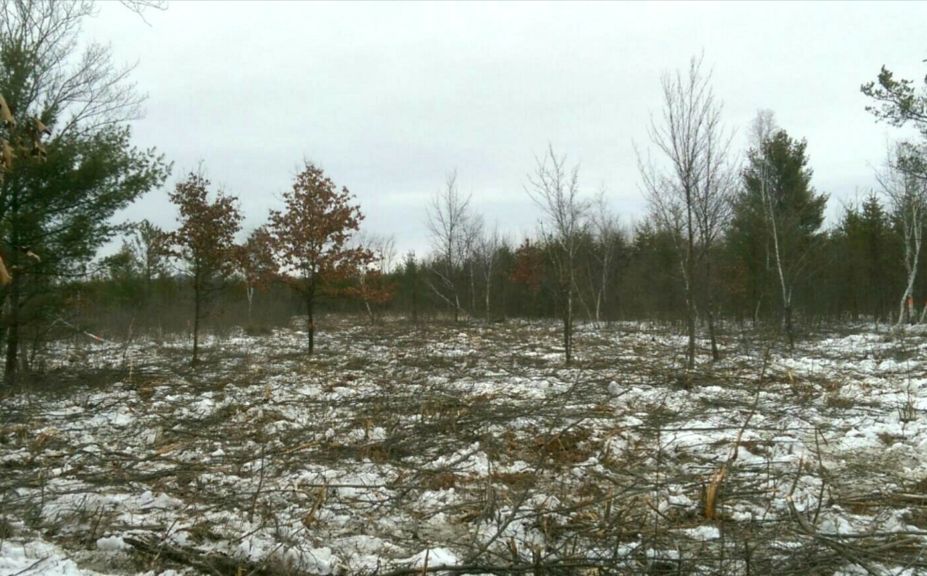
*In Northern settings, using a brush hog during the Winter months can be a great way to create an explosion of Daytime Deer Browse
Attractive Daytime Browse Creations
it doesn't take much! Early successional growth in the form of woody browse and briars, is really all that it takes to create enough daytime browse for whitetails. Because your cover is first created by switchgrass (the only Grass For Whitetails in the North), conifers or shrubs, your daytime browse doesn't actually have to be that high, because it's hidden. Also, by not planting any clover, alfalfa or apple trees within your bedding pockets, you can be assured that the whitetails on your land will still have sufficient daytime browse, while still experiencing the need to travel to find high quality afternoon food sources prior to dark.
Conclusion
Just about any form of a monoculture deer desert can be transformed into high attraction whitetail habitat, by turning 40-60% of those acres, into high diversity food-filled browse pockets. The best thing? Something like switchgrass can be used to turn an idle ag field or old cow pasture, into a highly attractive daytime bedding hotspots within just two Summers. Instead of thinking that more grass, pine or spruce varieties equal more diversity, try combining a true bedding and daytime browse combo to make sure that you not only achieve diversity success, but that you can actually begin to attract an incredible whitetail herd to your land!
